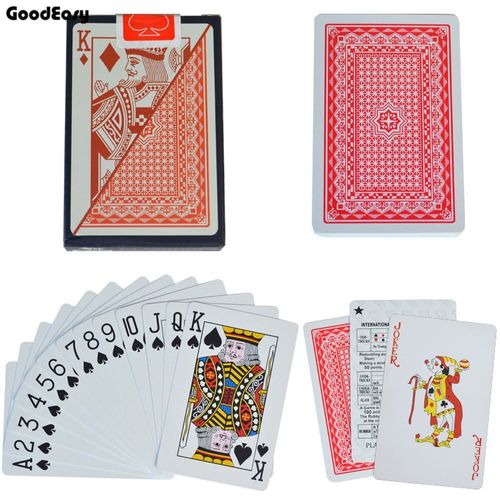Holdem Cards: A Comprehensive Guide
Understanding the cards in Texas Hold’em is crucial for any aspiring poker player. Whether you’re a beginner or a seasoned pro, knowing how to read and utilize the cards you’re dealt can significantly impact your game. In this article, we’ll delve into the intricacies of Hold’em cards, their values, and their strategic implications.
Card Values and Suit
In Texas Hold’em, there are 52 cards in a standard deck, divided into four suits: hearts, diamonds, clubs, and spades. Each suit contains 13 cards, ranging from the Ace (the highest) to the Two (the lowest). The suits are not ranked, meaning that a heart is not higher or lower than a spade, for example.

| Card | Value |
|---|---|
| Ace | High card |
| King | High card |
| Queen | High card |
| Jack | High card |
| 10 | High card |
| 9 | High card |
| 8 | High card |
| 7 | High card |
| 6 | High card |
| 5 | High card |
| 4 | High card |
| 3 | High card |
| 2 | Low card |
Understanding the value of each card is essential for making informed decisions during the game. For instance, an Ace can be high or low, depending on the hand you’re trying to make. This flexibility can be a significant advantage in your poker strategy.
Hand Rankings
Hand rankings are a fundamental aspect of Texas Hold’em. They determine the strength of your hand and help you decide whether to call, raise, or fold. Here’s a breakdown of the hand rankings from highest to lowest:
- Royal Flush
- Straight Flush
- Four of a Kind
- Full House
- Flush
- Straight
- Three of a Kind
- Two Pair
- One Pair
- High Card
Each hand ranking has specific criteria that must be met. For example, a Royal Flush consists of the Ace, King, Queen, Jack, and Ten of the same suit, while a Straight is five consecutive cards of different suits.
Understanding Hole Cards
In Texas Hold’em, you receive two private cards, known as hole cards, at the beginning of the game. These cards are only visible to you and are crucial in determining your hand’s strength. Here are some key points to consider when evaluating your hole cards:
- Pair: Having a pair on your hole cards can be advantageous, especially if the board cards also contain a matching suit or rank.
- High Cards: High cards, such as Aces, Kings, and Queens, can be valuable in making strong hands like flushes, straights, and royal flushes.
- Connectors: Cards that are close to each other in rank, such as 8, 9, and 10, can be useful for making straights.
- Suited Cards: Having cards of the same suit can increase your chances of making a flush or straight flush.
